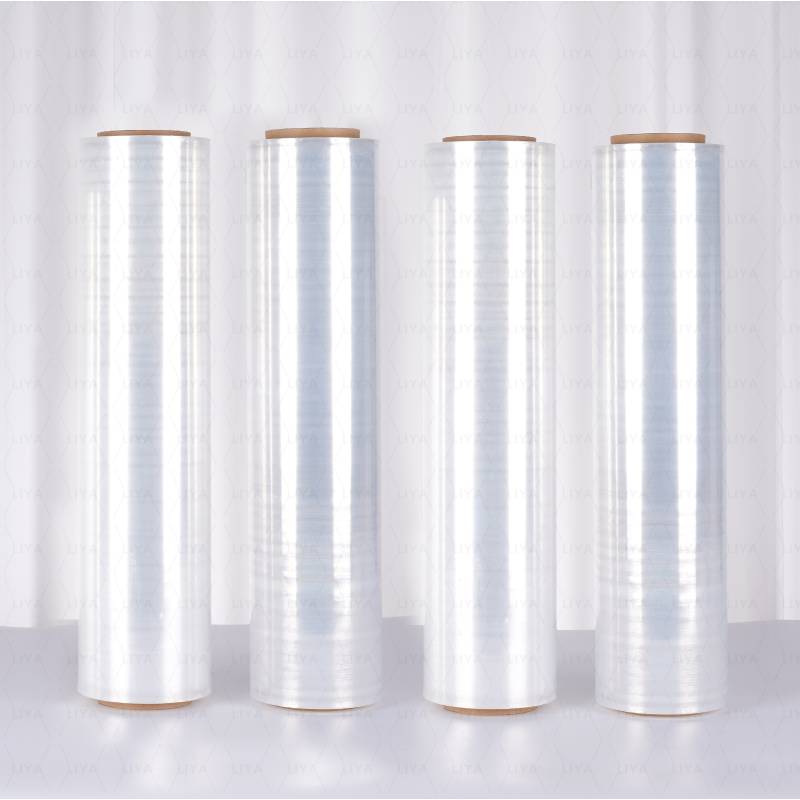Durable and Stretchable PVC Cling Film for Food Preservation and Storage Solutions
The Versatility and Benefits of PVC Cling Film
PVC cling film is a commonly used kitchen product that has made food preservation easier and more effective. Known for its stretchability and adhesive properties, it can wrap around various food items securely, making it an essential tool in both home and commercial kitchens. This article explores the myriad benefits and versatility of PVC cling film, highlighting why it has become a staple in food storage.
What is PVC Cling Film?
Polyvinyl chloride (PVC) cling film is a thin, transparent plastic film made from the polymerization of vinyl chloride. It is designed to cling tightly to surfaces and itself, creating a seal that protects food from air and moisture. Available in various widths and thicknesses, PVC cling film is also available in both standard and microwave-safe options, catering to diverse culinary needs.
Benefits of PVC Cling Film
One of the primary advantages of PVC cling film is its ability to extend the shelf life of food items. By wrapping food securely, it prevents exposure to air, which can lead to oxidation and spoilage. This is particularly beneficial for perishable items such as fruits, vegetables, meats, and leftovers. Moreover, its moisture-resistant properties help retain the freshness of food, making it a go-to option for meal prep and storage.
Another significant benefit is its convenience. PVC cling film is easy to use. Simply tear off the desired length, stretch it over the food item or container, and it adheres without requiring any additional fasteners. This ease of use makes it an indispensable tool for busy home cooks and professional chefs alike.
Furthermore, PVC cling film is widely recognized for its affordability. It is readily available in supermarkets and online, often sold at competitive prices. This economic advantage allows consumers to stock up without breaking the bank, making it a cost-effective solution for food storage.
pvc cling film

Versatility in the Kitchen
Beyond just wrapping food, PVC cling film has multiple uses in various aspects of cooking and food preparation. It can be employed to cover bowls and dishes during fermentation, ensuring that doughs and batters rise properly while remaining protected from contaminants. Additionally, it can be used in microwave cooking, allowing for steaming and reheating while keeping moisture locked in.
Cling film is also useful for portioning ingredients. Home cooks can prepare ingredients ahead of time, wrap individual servings, and store them in the refrigerator or freezer. This organization aids meal planning and can save time during busy weeknights.
Environmental Considerations
While PVC cling film is immensely practical, it's important to consider its environmental impact. PVC is a type of plastic that can take many years to decompose. However, many brands have started to produce eco-friendly alternatives made from biodegradable materials. Consumers may also explore reusable options like silicone covers or beeswax wraps, which provide similar benefits without the long-term waste associated with traditional cling films.
Conclusion
In conclusion, PVC cling film is an invaluable tool in food preservation, combining convenience, affordability, and versatility. It effectively extends the shelf life of various food items while simplifying meal prep and cooking processes. However, as consumers become more environmentally conscious, it is essential to weigh the benefits of PVC cling film against its ecological footprint. By making informed choices and considering sustainable alternatives, individuals can enjoy the advantages of cling film while also caring for the planet. Whether in a home kitchen or a professional setting, PVC cling film continues to be a go-to solution for effective food storage and cooking.
-
Have the freedom of customizing your custom mailers any way you want! Our dedicated packaging support will help deliver you the mailing experience you need to elevate your shipping experience to the next level! Start making a strong impression on your customers and stand out from your competitors! -
LIYA uses high quality raw materials which directly purchased from large enterprises domestic and overseas such as PetroChina, Sinopec, Sabic, Equate, ExxonMobil, Dow Chemical, Total, and Borouge, ensuring the price advantage and quality of the raw materials. -
LIYA uses high quality raw materials which directly purchased from large enterprises domestic and overseas such as PetroChina, Sinopec, Sabic, Equate, ExxonMobil, Dow Chemical, Total, and Borouge, ensuring the price advantage and quality of the raw materials.





